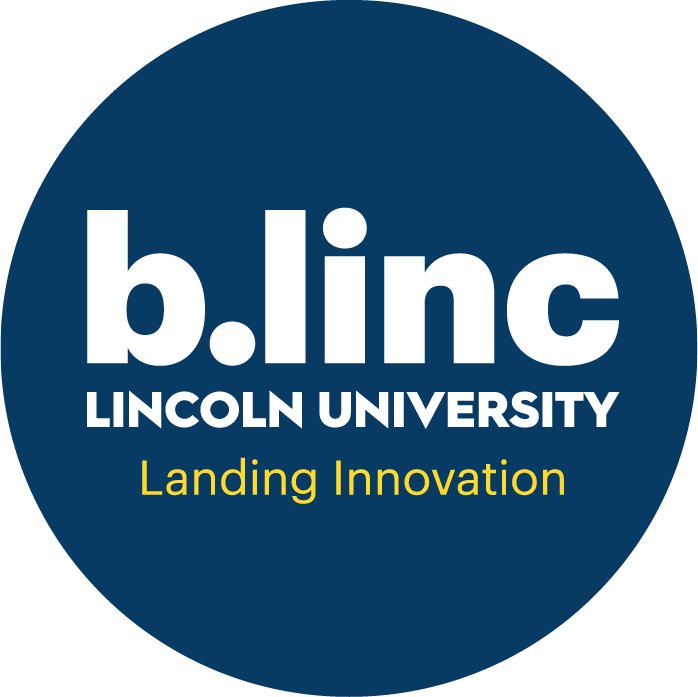Unlocking the potential of earth observation data
The 2019 New Zealand Aerospace Challenge incubator participants have been announced and 18 teams are working to leverage earth observation data technology and UAV’s to create new and innovative solutions for sustainable agriculture. Participants have been challenged to consider what solutions could be used to manage and mitigate the environmental effects of increasing agriculture production on our soil and water quality and health.
During Agritech Unleashed at Fieldays 2019, the “How the 2019 NZ Aerospace Challenge is supporting sustainable farming” seminar featured keynote speakers Seyed Miri of Airbus and Mike Manning of Ravensdown, who framed some of the key issues facing our primary industry and what earth observation tools are currently available to help. The session was opened by Peter Beck of Rocket Lab and Matt Otto of Data Collective, who also shared insight into some incredible companies working in this area.
Data Collective is a venture capital firm that is one of the major investors of Rocket Lab and Halter, among many others. Matt challenged the audience to consider that space is just infrastructure and must be tackled like any other infrastructure issue – without the proper set-up and quality inputs, the outputs will be worthless. “Garbage in, garbage out.” This “eye in the sky’ capability is now able to drive joint space and agritech disruption. Peter Beck sees that this is the “golden era for Space Innovation” and is key infrastructure for our future.
Whether you have been accepted into the Incubator programme, are planning to apply independently by 15 September or are just interested in the work being done using earth observation data to create new solutions and solve some of our global challenges, here are some exciting tools and companies (on the panel and mentioned during the session) to consider, especially when collating quality inputs!
Orbica – geospatial artificial intelligence (GeoAI), developing unique data visualisation solutions and enabling near real-time visibility of data - all through geography and the power of location data
Xerra – create new ways to use earth observation and remote sensing technologies
Planet Labs – 120+ satellites in obit allow Planet to image anywhere on Earth daily at 3 metre and 72 centimetre resolution
Jupiter Intelligence – asset-level, data-driven risk analysis and probabilistic predictions from 1 hour to over 50 years in the future, specifically for climate impact analysis
Pivot Bio – clean alternative to synthetic nitrogen fertiliser
To apply or find out more about the 2019 New Zealand Aerospace Challenge, the Incubator participants and how to get involved, click here.
